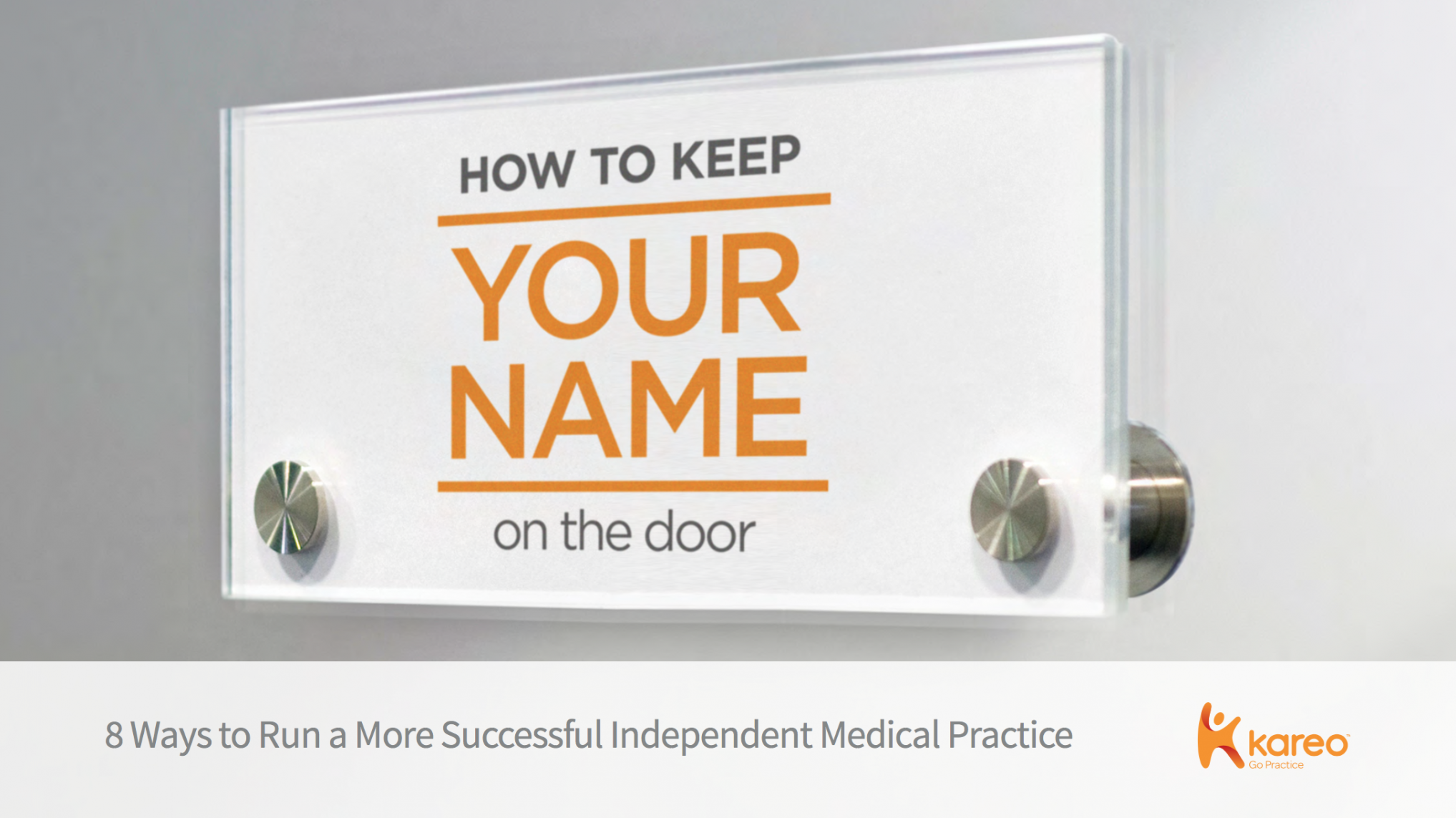Is It Worth It to Go Paperless in Your Practice?

When it comes to being paperless, healthcare has been a little behind the rest of the world. Most people now receive and pay paperless bills and board planes with digital tickets. For better or worse, we communicate via text and email and not letters and postcards. The reason is that paperless is faster, more efficient, and cost effective.
A recent survey showed that patients have similar expectations of service from healthcare providers as they do from non-healthcare providers. ![]()
To some degree that means changing with the times and moving into the digital age to meet their expectations. But it isn’t just about what patients want. Automating your practice will improve your bottom line.
You can eliminate paper in almost every area of your practice and automate many common tasks, freeing staff to focus on the things that can’t be automated. From patient scheduling to Worker’s Comp claims to prescriptions to bank deposits, you can go paperless. You can reduce a wide range of tedious manual tasks like printing and mailing claims, duplicate data entry, and unnecessary phone calls.
The financial benefits can be substantial. One study estimated that a practice that uses billing and EHR software can increase revenue by more than $30,000 a year per provider. Add text and email reminders and you can factor in another $25,000 in revenue per provider per year. Paper charts alone cost as much as $8 per chart. Total Healthcare for Women, an independent Ob/GYN in Texas, estimates they cut their charting supply costs by nearly $5,000 a year with their EHR. The practice manager, Eric Pokky also says, “One of the biggest pluses [of the EHR] has been no more lost charts. I used to walk around looking for charts all the time and we had stacks of records everywhere.”
Then there are all the time savings and efficiencies that are gained. When you automate tasks like claims submission or use electronic prescribing and lab ordering, you free staff to focus on more complex tasks like working denials. Only about one third of practices follow up on denials. The rest just let that money go. Your staff shouldn’t be printing and mailing claims or statements and answering unnecessary phone calls about prescriptions when they could be working denials and getting you paid.
So, is it worth it to go paperless in your practice? If you can reduce manual tasks and increase revenue by $50,000 a year or more, yes. If you still aren’t totally sure, then ask yourself these questions:
- How much time is your staff spending printing, mailing, and/or faxing each week?
- How much time is your staff spending on the phone with patients, labs, and pharmacies each week?
- How much time is being spent manually handling other important tasks like eligibility or entering EOBs?
- How much are you spending on office and charting supplies?
- How much are spending on equipment like printers?
- How much are you writing off each year in denials or rejections because of eligibility problems or lack of follow up?
If the answer is “too much” then it is time to look at how you can streamline your practice with the right technology.
For more tips to independent practice success, download 8 Ways to Keep Your Name on the Door.




















